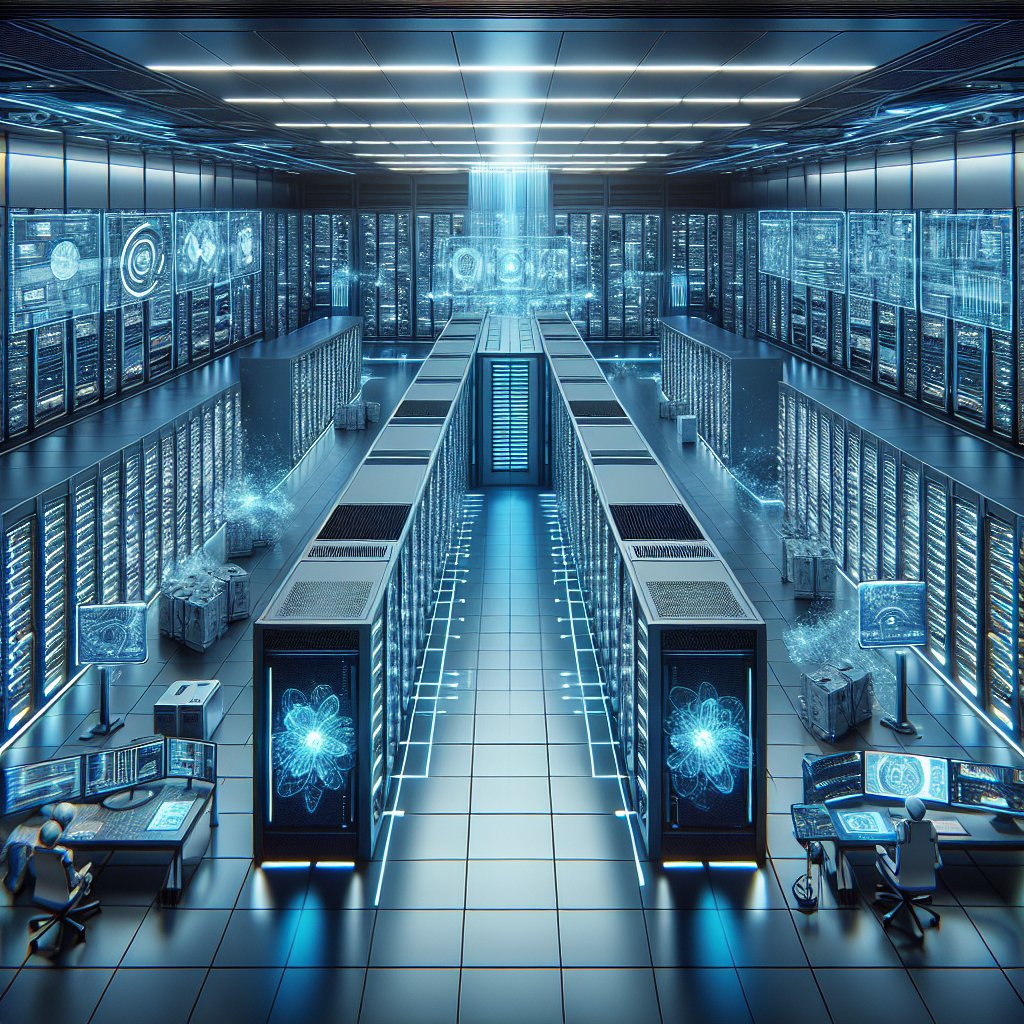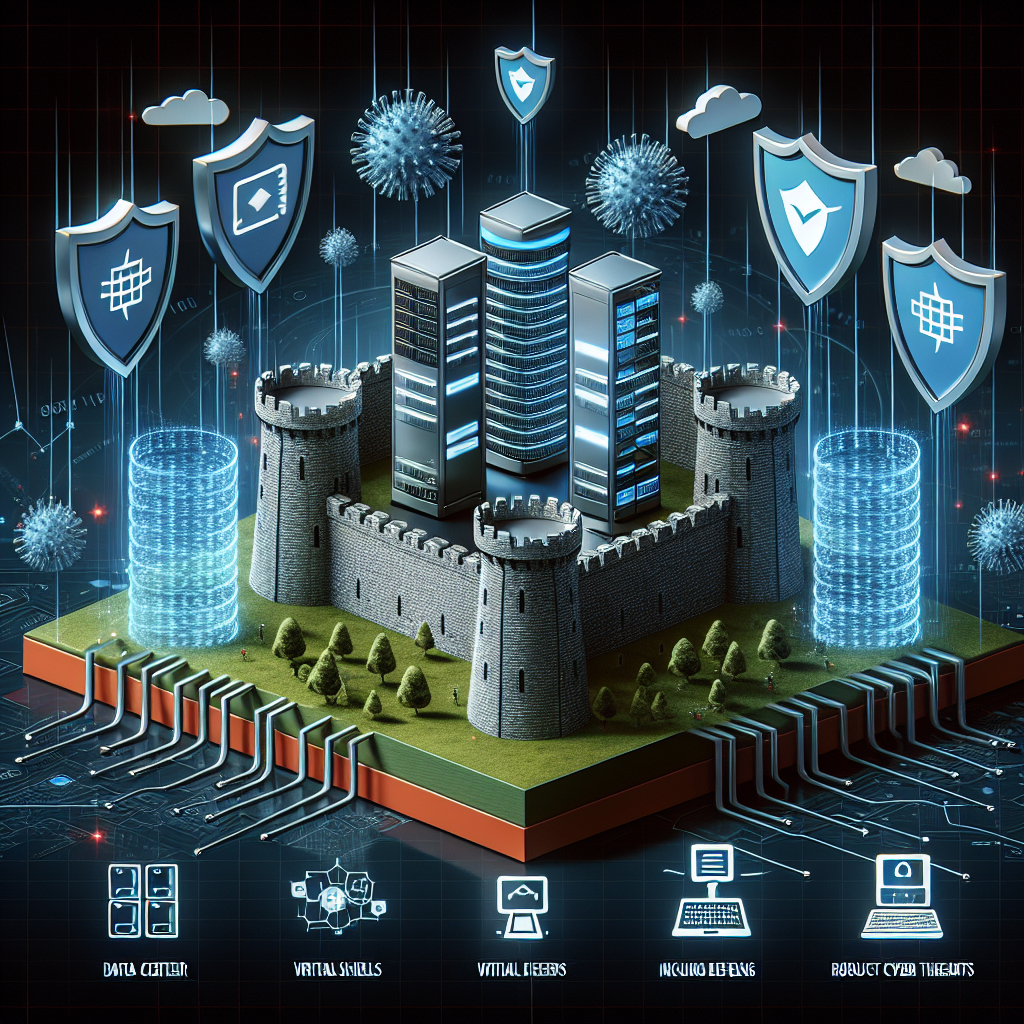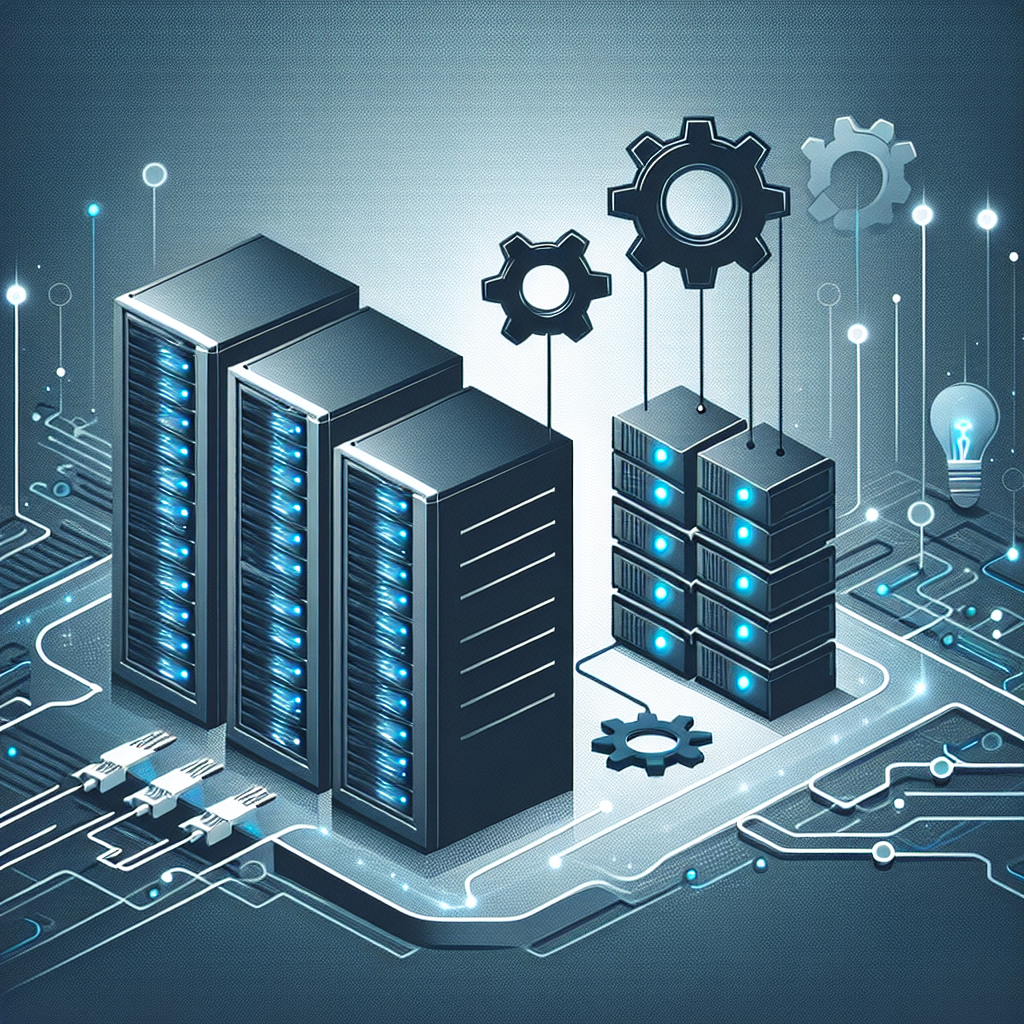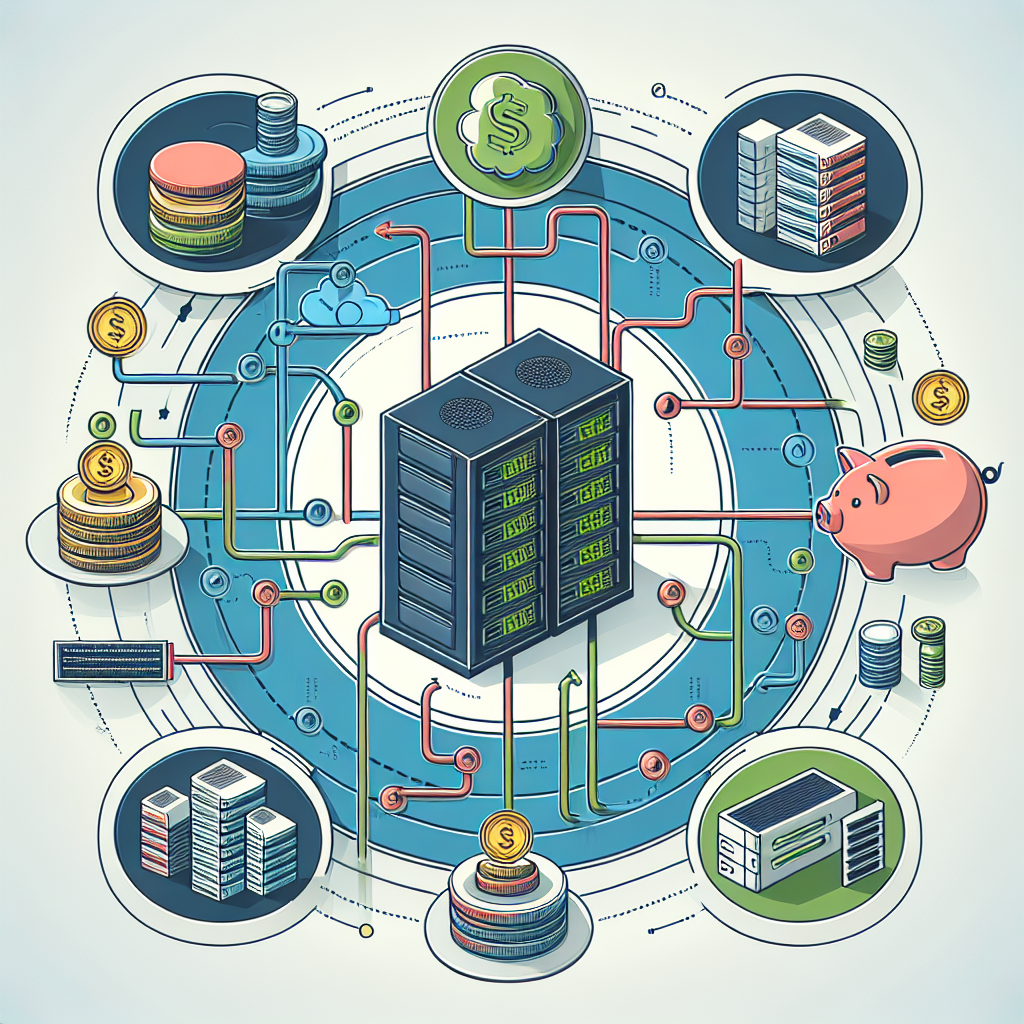Predictive maintenance is a proactive approach to equipment maintenance that uses data and analytics to predict when a piece of equipment is likely to fail, allowing for timely maintenance and preventing costly downtime. In a data center environment, where uptime is crucial, implementing predictive maintenance can help ensure the reliability and efficiency of critical infrastructure.
Here are some best practices for implementing predictive maintenance in your data center:
1. Utilize IoT sensors: IoT sensors can be installed on equipment to continuously monitor key performance indicators such as temperature, vibration, and power consumption. These sensors can collect real-time data that can be used to predict when a piece of equipment is likely to fail.
2. Implement a predictive maintenance software: There are a variety of predictive maintenance software solutions available that can analyze the data collected from IoT sensors and other sources to predict equipment failures. These software solutions can help prioritize maintenance tasks and optimize maintenance schedules.
3. Develop a comprehensive maintenance strategy: Predictive maintenance should be part of a comprehensive maintenance strategy that includes preventive maintenance, reactive maintenance, and condition-based maintenance. By integrating predictive maintenance with other maintenance practices, data center operators can ensure the reliability and efficiency of their equipment.
4. Train staff: Implementing predictive maintenance requires specialized knowledge and skills. It is important to train staff on how to use the predictive maintenance software, interpret the data collected from IoT sensors, and perform maintenance tasks based on the predictions generated by the software.
5. Monitor and refine the predictive maintenance program: Predictive maintenance is an ongoing process that requires continuous monitoring and refinement. Data center operators should regularly review the performance of their predictive maintenance program, identify areas for improvement, and make adjustments as needed.
By following these best practices, data center operators can implement an effective predictive maintenance program that can help prevent costly downtime and ensure the reliability and efficiency of their critical infrastructure.








